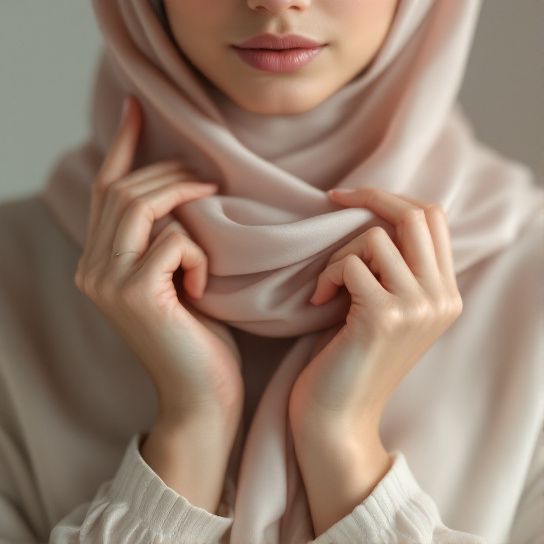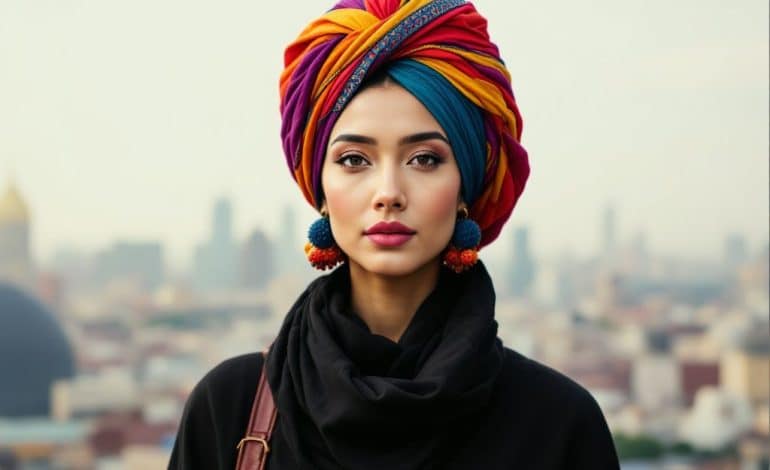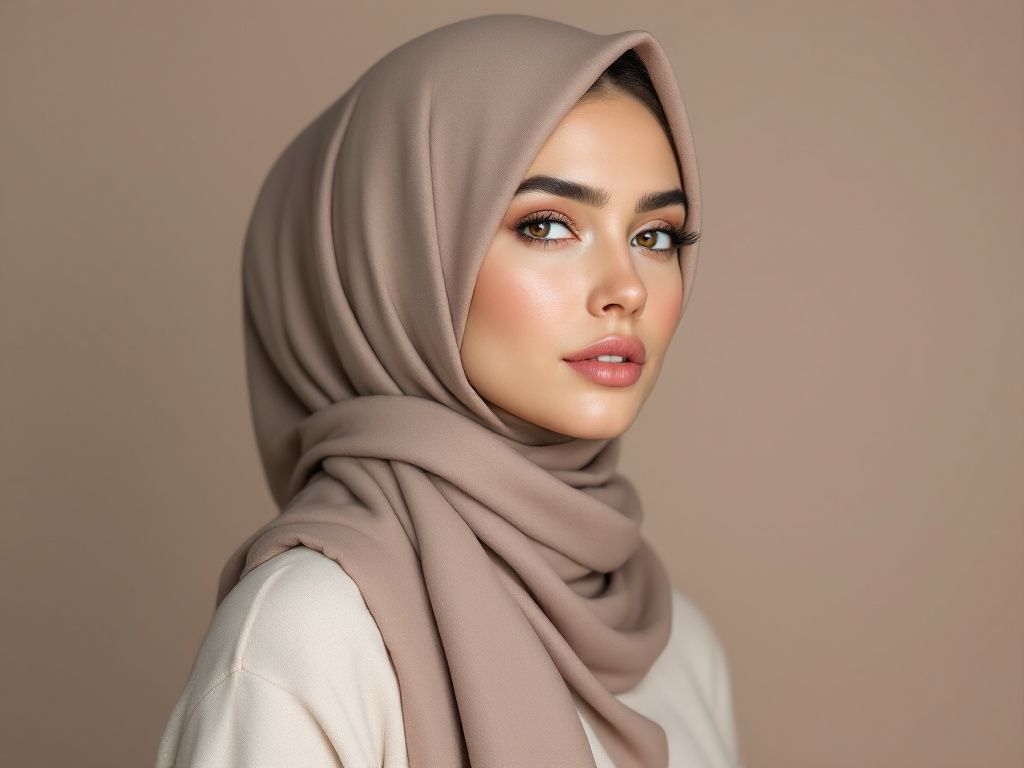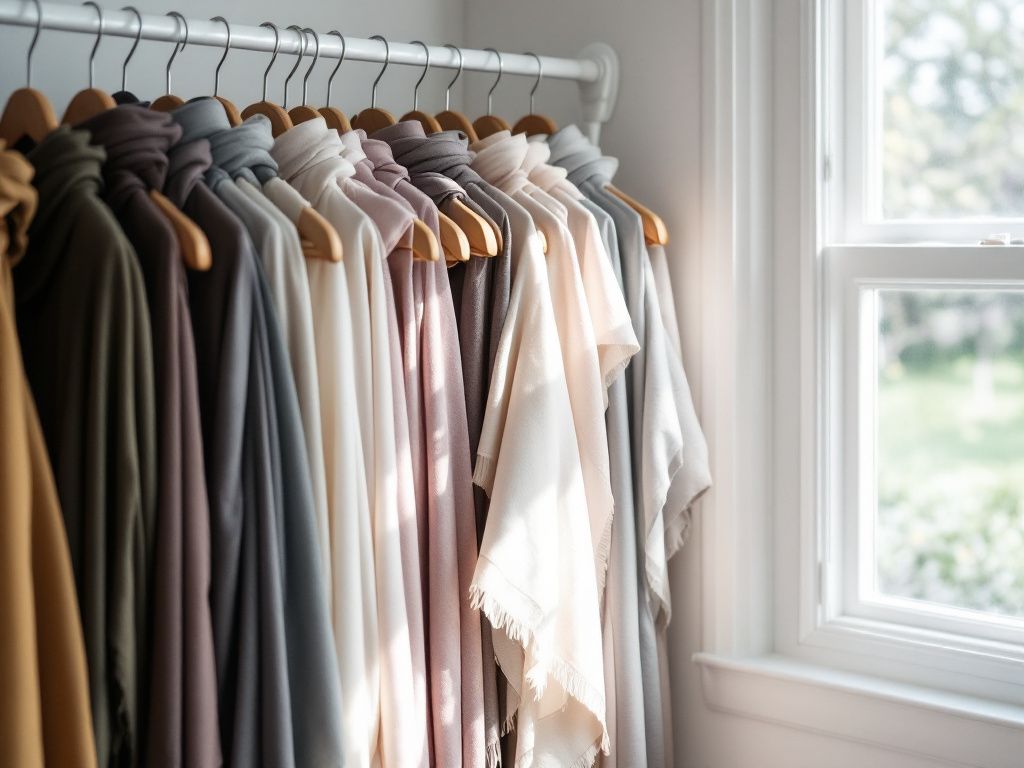A Friendly Guide to Mastering the Long Hijab
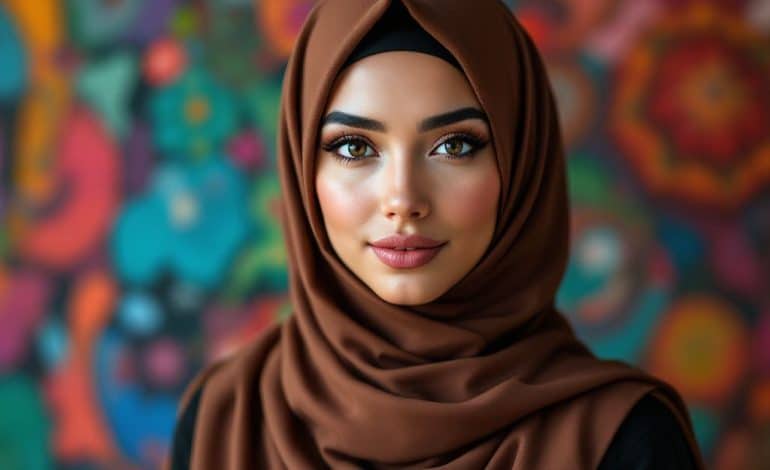
So, you’ve found yourself in front of the mirror, contemplating how to transform that gorgeous **long hijab** into a masterpiece. You’re not alone. The struggle between achieving a balanced look and making sure the fabric stays put through the day is real. But worry not, because by the end of this guide, you’ll have a handful of elegant draping techniques tucked into your stylish sartorial pocket.
Why the Long Hijab?
Alright, let’s kick things off by addressing the versatility of the **long hijab**. It’s like that trusty Swiss Army knife in the world of fashion. Thanks to its ample fabric and the variety it offers, long hijabs allow for innovative styles and sophisticated drapes. Trust me, once you get the hang of it, you’ll discover it’s as versatile as it is chic.
Think of the long hijab as your new best friend, ready to elevate your everyday ensemble. It’s about embracing both the thoughtful and the spontaneous styles of life. Ready to dive in?
Elegant Draping Techniques
The Classic Drape
Let’s start with a style that’s oh-so-elegant and timeless. You can never go wrong here. Begin by placing your hijab on your head so one side is considerably longer than the other. Secure it under your chin with a pin.
Now—the magic part. Take the longer end and wrap it around your head, letting it hang over your opposite shoulder. Cozy, right? This classic drape is perfect for any occasion, from casual outings to sophisticated soirées.
The Waterfall Style

Ah, the waterfall! Beautiful to admire, relatively simple to execute. We’re talking magic here. Position your hijab evenly over your head. Then, tie a knot at the base of your neck. Take one side and drape it over the opposite shoulder.
So, what’s the twist? Slightly tuck the hanging part under the fabric now draping over your shoulder. You’ll see a gentle cascade. The overall aesthetic is one of layered beauty, like a serene, flowing waterfall.
Twisted Turban
Got a business meeting coming up? Or just feel like channeling your inner boss? The twisted turban is your go-to. Begin by placing your long hijab evenly on your head. Tie a loose knot at the nape. Take both layers, twist them a couple of times, then wrap them one over the other on top of your head.
Secure the ends with pins and voilà! The style screams confidence while leaving an aura of elegance.
The Art of Layering and Length Styling
Here’s the scoop: layer up with flair and do wonders with length. **Length styling** doesn’t only involve draping; it’s about how these elements collectively enhance your ensemble. A flowing layer peeking from underneath can, at times, make your overall outfit pop with detail.
Peeking End Technique
When you have a patterned hijab, show it off. Start similarly to the classic drape, but let a decorative corner of the fabric peek out beneath the layer around your neck. Hello, classy and unexpected detail!
Asymmetrical Marvel
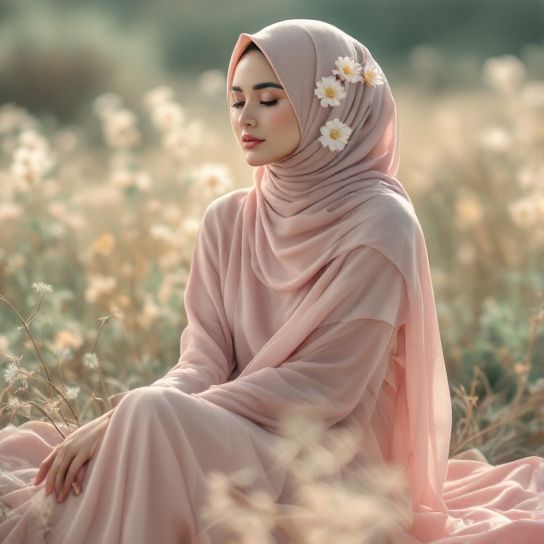
Play with proportions. Achieve this by securing one section close to your head on one shoulder, letting the other section hang completely free on the opposite side. This technique, often admired on runways, can redefine chic for your daily outfit vibe.
Common Mistakes? Let’s Avoid Them, Shall We?
As with any art, there are a few hiccups. While it’s absolutely essential to experiment, certain pitfalls will local-guru a.k.a. you, would best advise avoiding:
- Over-Pinning: Secure without anchoring every inch. Too many pins can weigh your fabric and give off a zealous novice vibe. Fewer, purposeful pins provide grace and comfort.
- Color Clash: Please, don’t combine an elaborate hijab with a chaotic-patterned attire. If your hijab sings a solo, let it shine; match simple patterns with elegant, subtle textures in your overall outfit.
- Uncomfortable Tightness: Remember, relaxed is the new chic. Tugging at corners can not only make your hijab seem too snug, but let’s face it, who wants that constant feeling of an unyielding clasp?
Textures and Types for Your Style Additional Layer
Different textures mean different vibes. A silky finish adds glamour, while a cotton-smooth blend whispers of an understated calm. Here’s a little breakdown of hijab fabric types you might consider mastering:
| Fabric Type | Style Vibe | Situational Coolness |
|---|---|---|
| **Silk** | Sophisticated Shine | Formal gatherings, evening events |
| **Cotton** | Casual and Breezy | Day outings, everyday wear |
| **Chiffon** | Elegant and Ethereal | Weddings, special occasions |
| **Viscose** | Warmth and Comfort | Cooler seasons or when looking for cozy |
By choosing the appropriate fabric, you’re not just tailoring your physical attractiveness but stepping into new roles and environments with confidence.
Styles that Suit On Different Days
One day you’re headed to a friend’s anniversary dinner, another you’re venturing to Sunday brunch. Picking your style should mirror your mood and intent.

On a Casual Day at the Park
Go with the **Half-Wrap**. Drape it around either shoulder loosely and let varying lengths fall as they may. This fosters an air of comfortable elegance.
For that Snazzy Corporate Evening
Opt in for a more styled variation of the **Twisted Turban**. The key is on the investment in details of tying, letting loose a strand or two to redefine modern elegance on traditional flair.
A-La-Captain Marvel For Drama
Up for drama for a themed party or just feeling audacious? Experiment with a **Double-Layer Style**. Use two contrasting colors, intertwine and twist creatively for a unique say.
Keep Experimenting—That’s Where The Fun Is!
Hey, practice makes perfect. Spend an evening trying different styles, perhaps over a cup of piping hot cocoa or with jazz floating in the background. It’s therapeutic and, quite simply, fun.
Revisiting the purpose of why we started, tackling the interaction between elegant styling possibilities and our beloved long hijabs offers an enriching fashion journey. With each trial, you’ll find your perfect drape fitting both your ensemble and your personality elegantly.
Fashion meets functionality most effectively when you embrace both structure and freedom. So, take this **long hijab** odyssey as one blending a tapestry of creativity, tradition, and personal expression.
Concluding with a thought—each drape whispers a tale. Let yours gloriously narrate the intrepid, stylish saga only you could articulate perfectly. Now, go ahead, wear it like you mean it!
Frequently Asked Questions
What is a long hijab?
A long hijab is a type of headscarf that covers the hair, neck, and often extends down to cover the upper chest and sometimes the shoulders and upper back. It is a symbol of modesty and faith in Islam, and its length can vary but typically drapes over the shoulders and upper back, flowing down past the elbows[1][2][4).
What is the purpose of wearing a long hijab?
The purpose of wearing a long hijab is to practice modesty and simplicity within the Islamic faith. It symbolizes faith, identity, and humility, and is meant to protect the woman’s dignity and honor by concealing her hair and neck from public view. It also reflects obedience and submission to Allah’s commands[1][3][4).
How does a long hijab differ from other types of Islamic modest attire like the burka or niqab?
A long hijab differs significantly from a burka or niqab. While a hijab is a headscarf that covers the hair and neck but leaves the face visible, a burka is a full-body garment that covers the entire body, including the face, with a mesh screen or veil over the eyes. A niqab covers the lower part of the face, leaving only the eyes exposed[1][3][4).
What are the rules for wearing a long hijab in Islamic jurisprudence?
The rules for wearing a long hijab include ensuring that it covers the hair, neck, and chest. The clothing should be loose-fitting and not transparent or revealing. Additionally, modesty extends beyond attire to encompass behavior and demeanor, emphasizing humility and propriety in interactions with others. The hijab should also not resemble the clothing of nonbelievers[3][4][5).
References- Hijab | Definition, History & Purpose – Study.com.
- Hijab – Wikipedia.
- All About Hijab: It’s Definition, Purpose & Different Types – Hikmah Boutique.
- Understanding the Hijab: Cultural, Religious, and Social Perspectives – Ruuq Wear.
- The meaning behind the hijab, and what it signifies for Muslim girls – Clark Chronicle.
